Bioactive Properties
Apatite Formation
ACTIVA BioACTIVE elicits a response that stimulates mineral apatite formation and natural remineralization, which is the defining requirement of bioactive materials. This process knits the restoration and the tooth together, penetrates and fills micro-gaps, reduces sensitivity, guards against secondary caries, and seals margins against microleakage and failure – nature’s way.
ACTIVA BioACTIVE responds to pH cycles and plays an active role in maintaining oral health with release and recharge of significant amounts of calcium, phosphate and fluoride. These mineral components stimulate formation of a protective/connective apatite layer and a natural bonded-seal at the material-tooth interface.
SEM Analysis of ACTIVA BioACTIVE-CEMENT after 21 Days in Saline
Compared to the no saline control, scanning electron microscope (SEM) imaging and energy-dispersive X-ray spectroscopy (EDS) after 21 days in saline shows significant increase in calcium and phosphorus ion concentrations, and decrease in carbon and silica ions, indicating that mineral apatite deposits are forming on the surface.
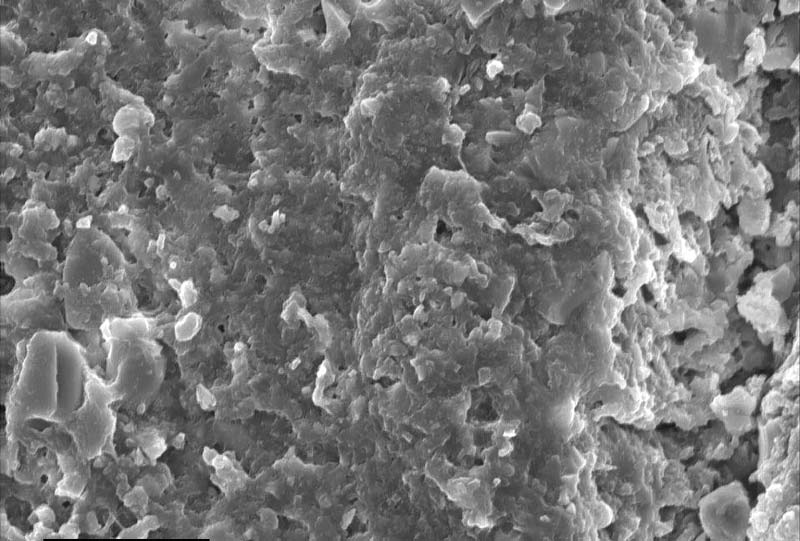
Fig 1: ACTIVA BioACTIVE-CEMENT Control, no saline 3000x
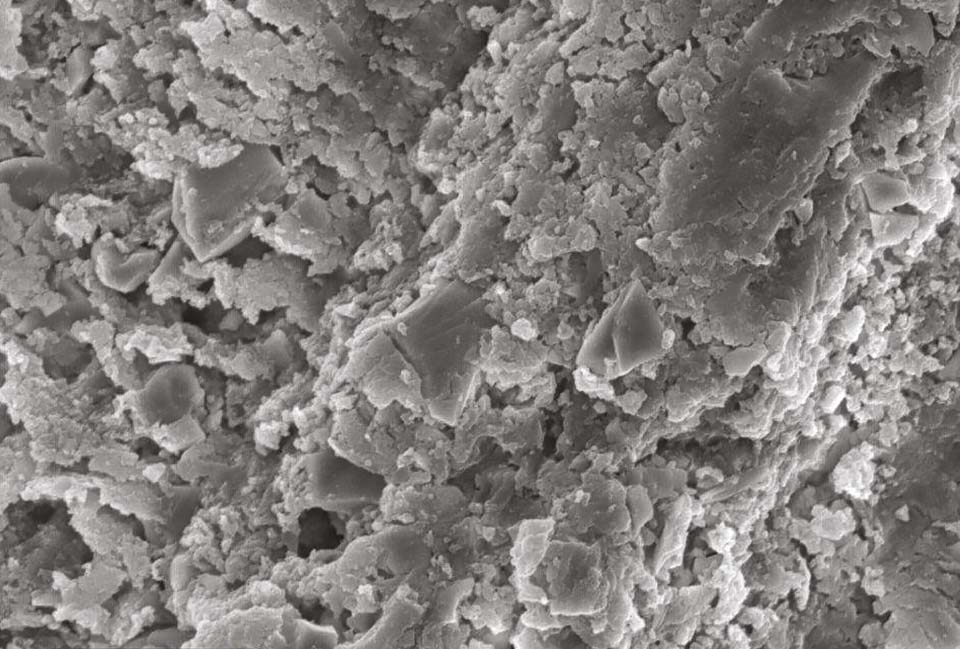
Fig 2: ACTIVA BioACTIVE-CEMENT 21 days in saline 3000x
SEM and EDS Analysis Verifies Bioactive Component
Dentin discs treated with ACTIVA BioACTIVE-CEMENT were placed in phosphate buffered solution. A layer of apatite formed and fused the dentin to ACTIVA BioACTIVE. The gap was produced when fracturing the specimen to make the SEM image. SEM and EDS analysis verifies the bioactive component in the form of hydroxyapatite and demonstrates excellent dentinal tubule penetration while consistently producing resin tags containing apatite.
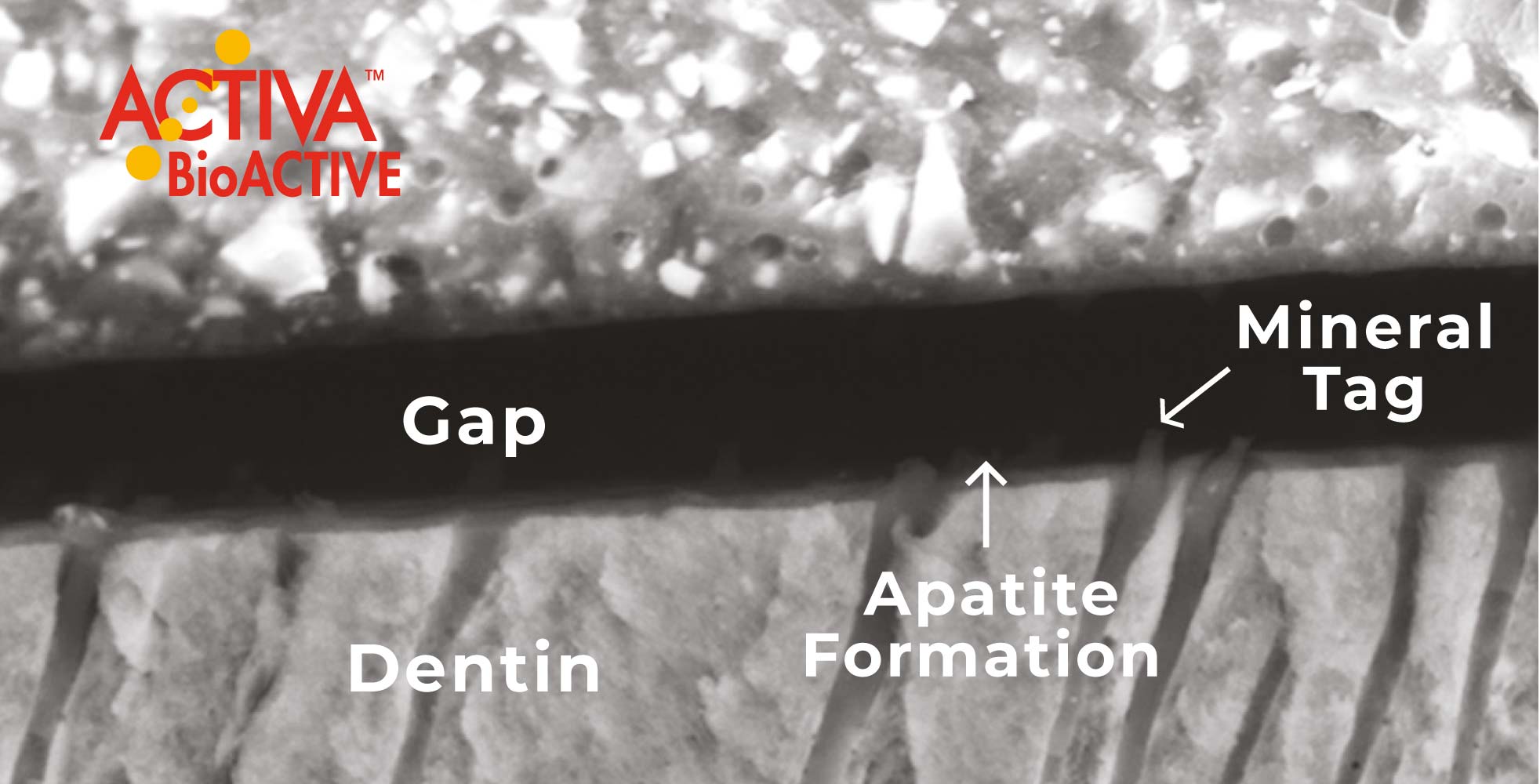
Fluoride Release and Recharge
ACTIVA BioACTIVE releases and recharges with fluoride, providing long-term benefits for improved patient oral health care. University testing using fluoride ion concentration gradient diffusion methodology shows the pattern of release and recharge of ACTIVA BioACTIVE, Ketac Nano and Triage. The study concludes that “at the seven time points tested, the new bioactive material [ACTIVA BioACTIVE] has statistically greater fluoride release after recharge at 24 hours, 1 week and 3 weeks compared to the other groups tested.”
Ketac Nano and Triage are trademarks of 3M and GC respectively.
Source: University testing1
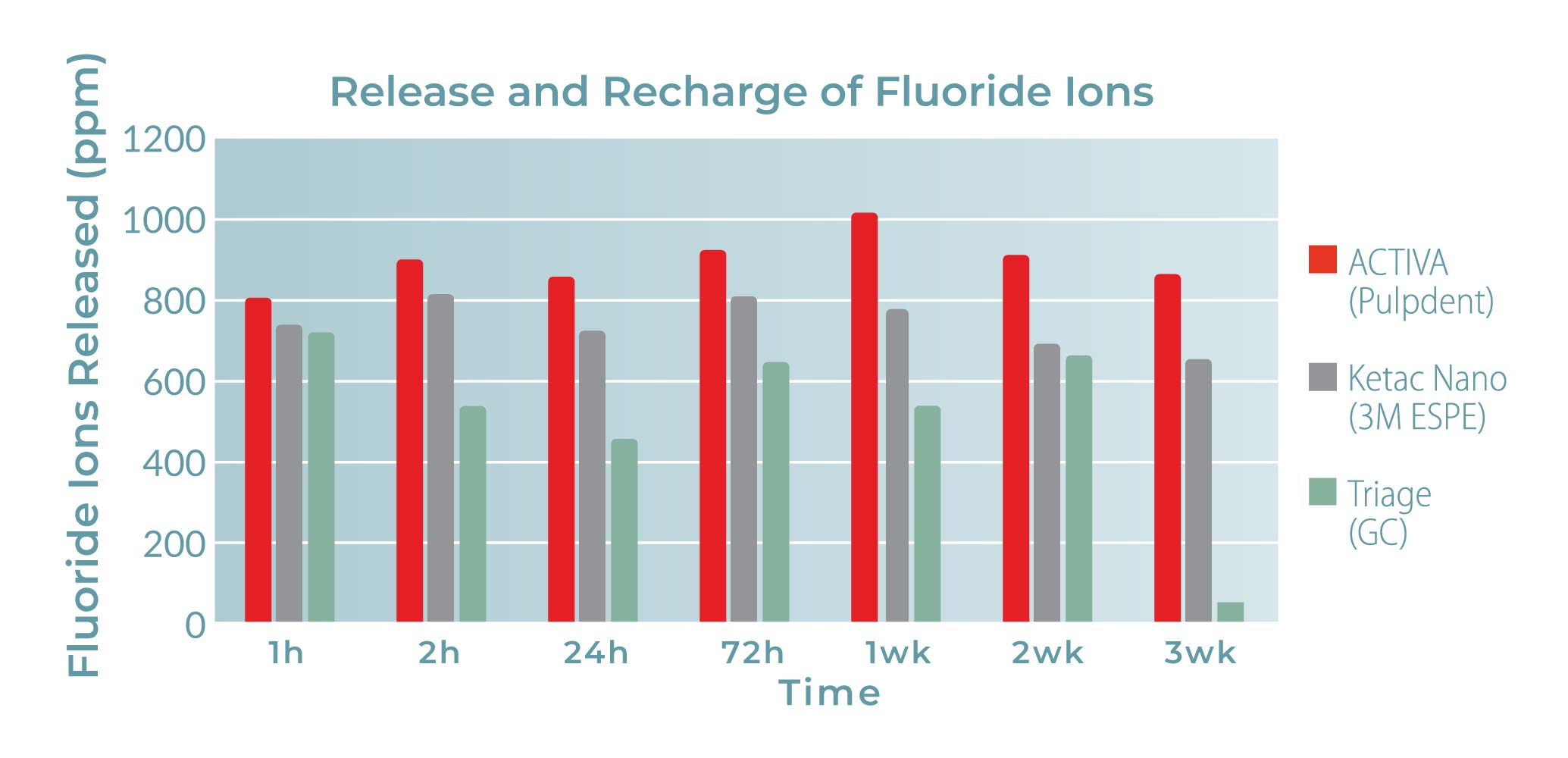
Phosphate Release
ACTIVA BioACTIVE is a “smart” material that responds to pH cycles in the mouth. During low pH demineralization cycles, ACTIVA BioACTIVE releases more phosphate. The phosphate ions can reside in the pellicle layer or saliva and are available to interact with calcium and fluoride ions during higher pH cycles.
Source: Pulpdent testing9

Microleakage
ACTIVA BioACTIVE-RESTORATIVE, when tested in vitro for microleakage without a bonding agent, compares favorably with leading composites tested with a bonding agent (Scotchbond Universal Adhesive, 3M ESPE).
Tetric EvoCeram. SonicFill and Filtek Supreme are trademarks of Ivoclar Vivadent, Kerr and 3M respectively.
Source: University testing16
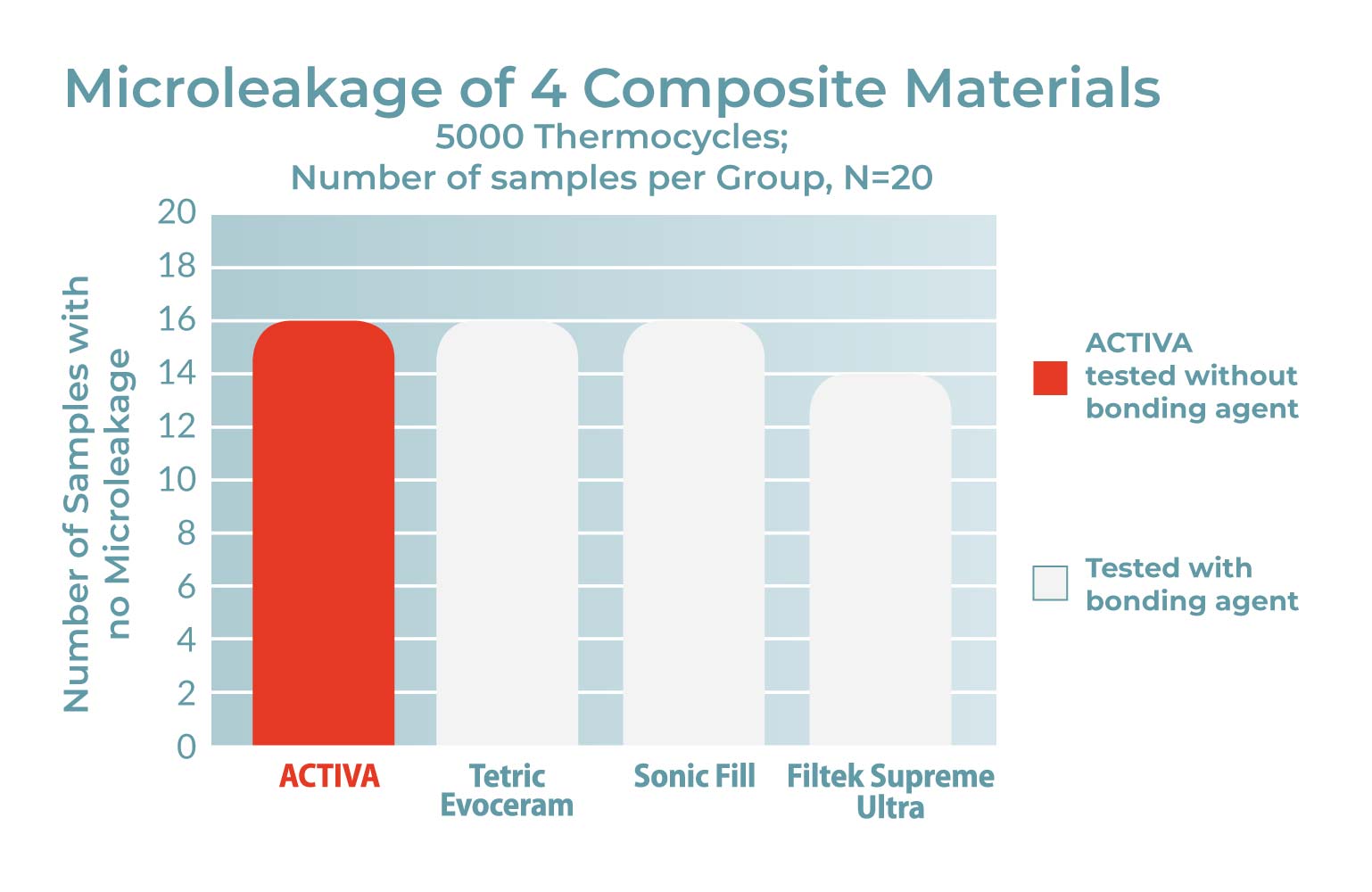
Bacterial Microleakage
ACTIVA BioACTIVE-BASE/LINER compares favorably with a leading resin modified glass ionomer material when tested for bacterial microleakage in vitro after 2,000 thermocycles.
FujiCEM is a trademark of GC. Source: Zmener O, Pameijer CH, et al.2 ACTIVA BioACTIVE-RESTORATIVE outperforms a leading RMGI when tested for bacterial microleakage in vitro after 2,000 thermocycles.
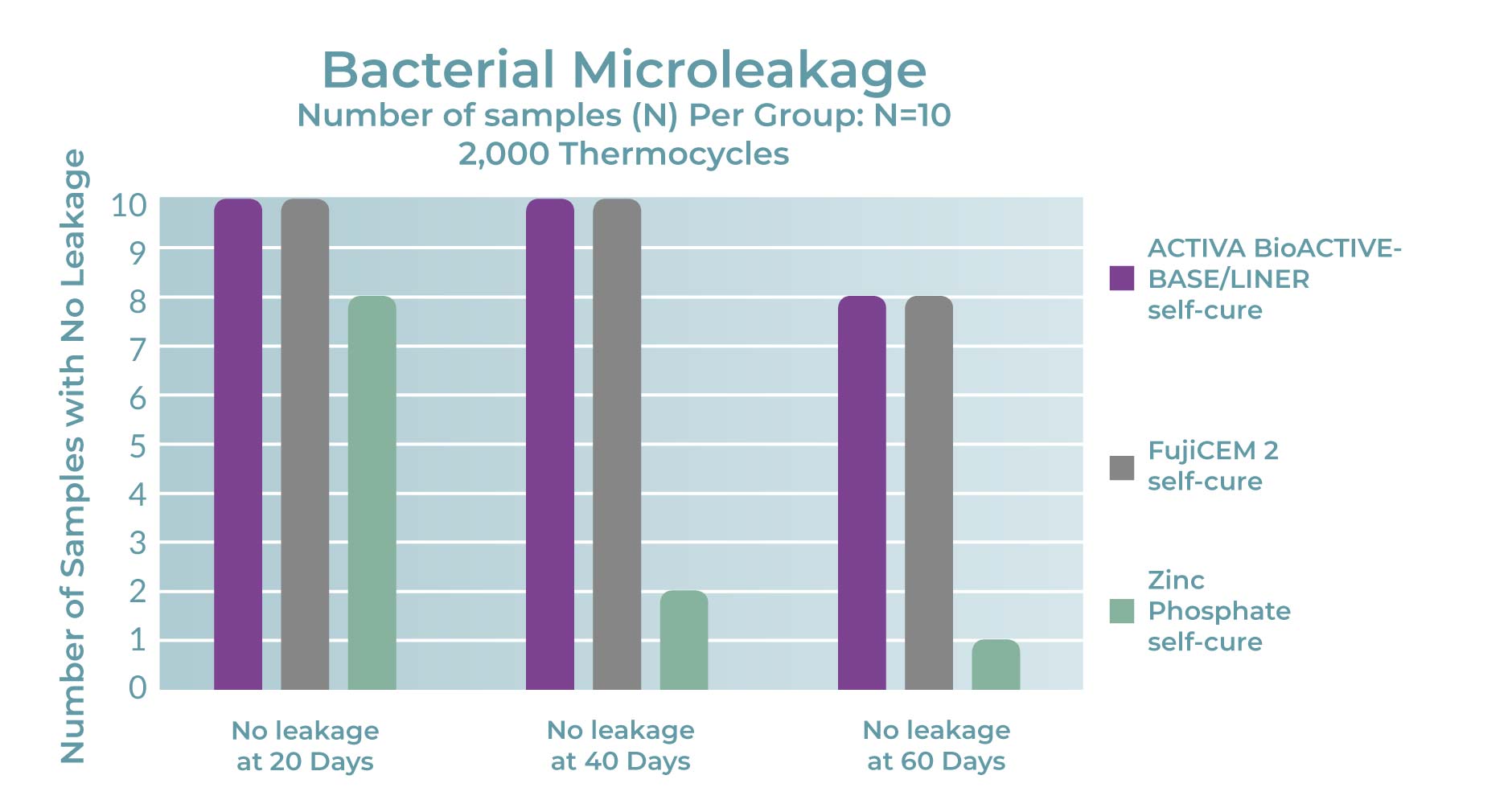
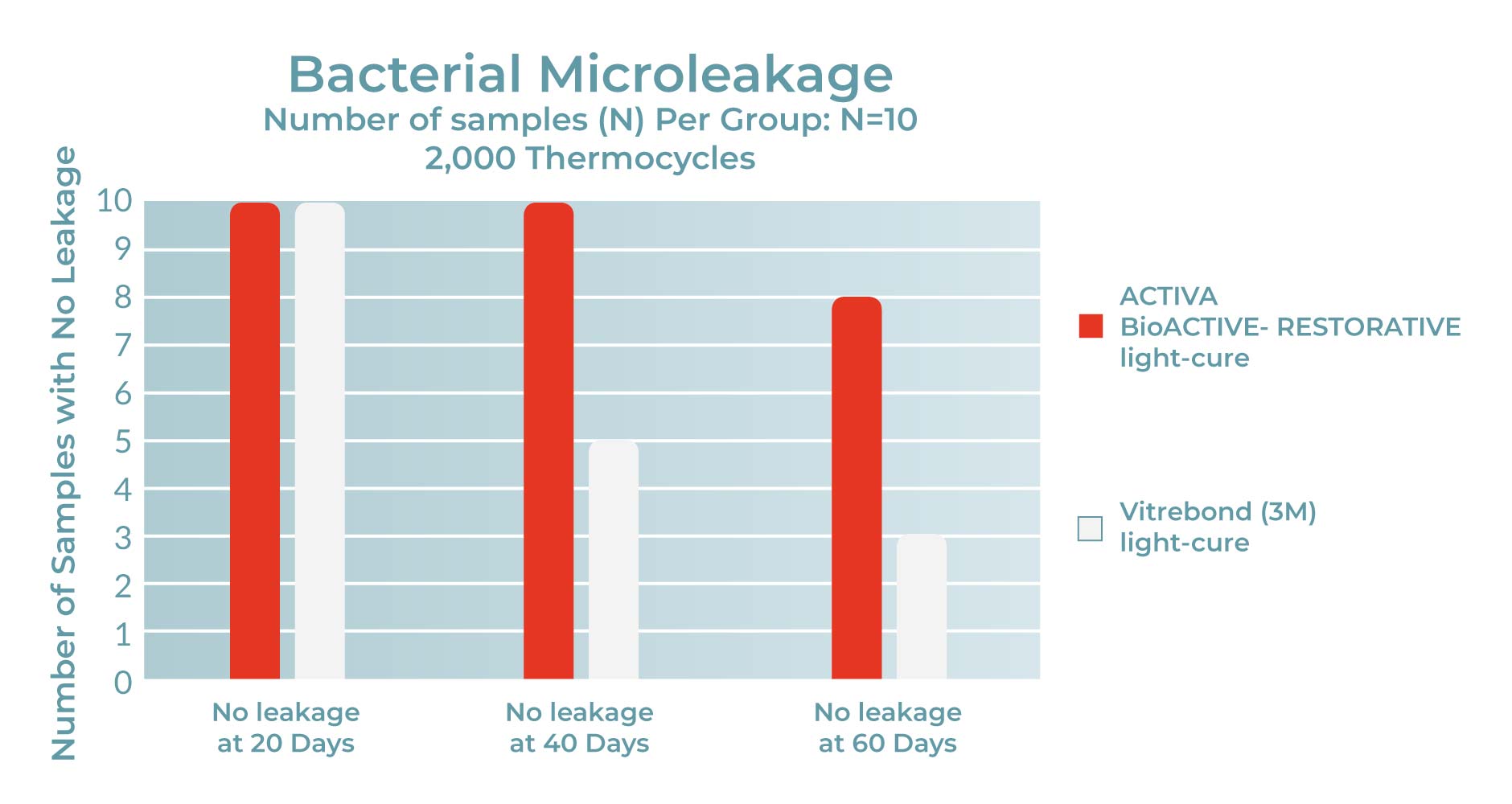
ACTIVA BioACTIVE-RESTORATIVE outperforms a leading RMGI when tested for bacterial microleakage in vitro after 2,000 thermocycles.
Vitrebond is a trademark of 3M ESPE Source: Zmener O, Pameijer CH, et al.3

